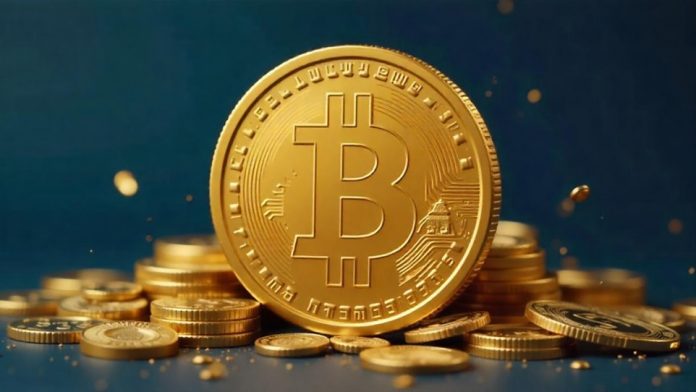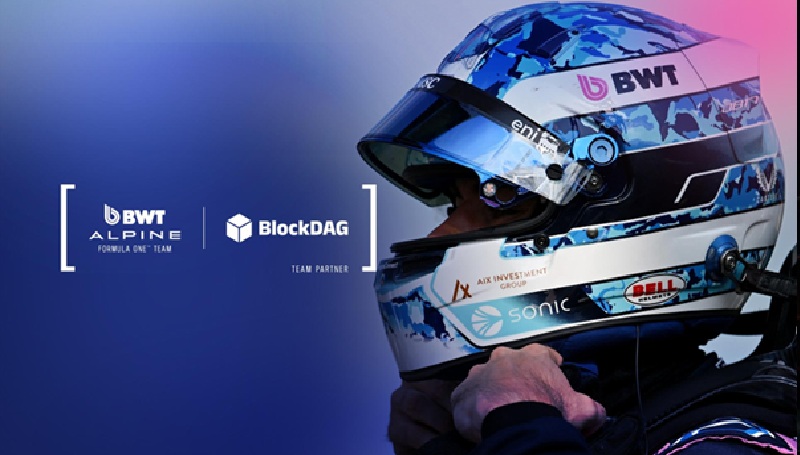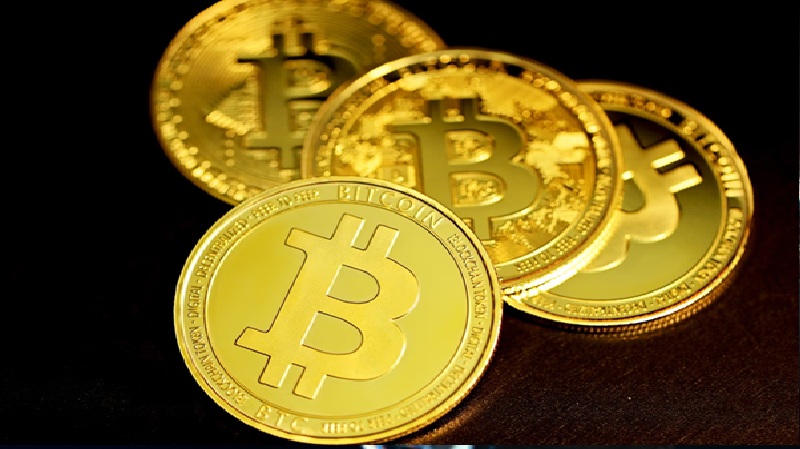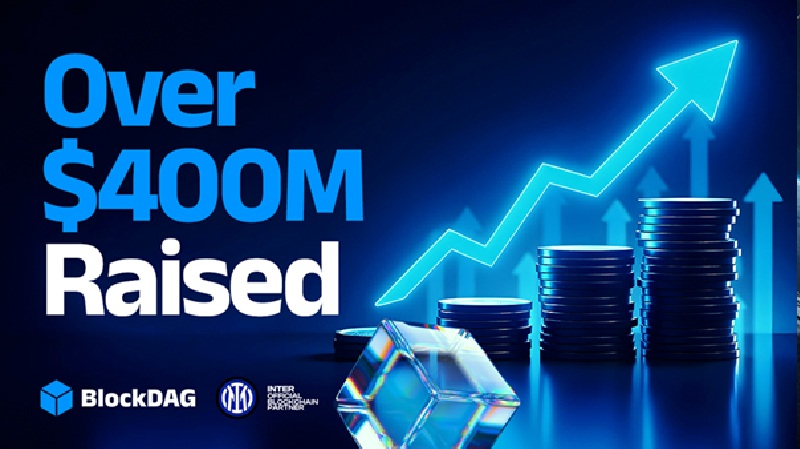The price of Bitcoin has once again surpassed expectations, surging beyond the $125,000 mark and sending ripples across global financial markets.
The flagship cryptocurrency’s explosive rally marks a defining moment in its 2025 bull cycle, driven by an influx of institutional investment, massive ETF inflows, and renewed investor optimism.
According to market data, spot Bitcoin ETFs have attracted over $28 billion in inflows year-to-date, underscoring deepening institutional confidence in digital assets. The ongoing U.S. government shutdown has further amplified Bitcoin’s appeal as a hedge against economic uncertainty, reinforcing its reputation as “digital gold” in times of fiscal instability.
As the U.S government shutdown continues to linger, reports reveal that Republicans and Democrats remain locked in a standoff over a funding resolution with Republicans alleging Democrats’ proposals would enhance reimbursements for emergency care to undocumented immigrants.
At the same time, Democrats argue Republicans are obstructing extensions to Affordable Care Act subsidies that support 21 million Americans. Amid the uncertainty of the end of the U.S government shutdown, the price of Bitcoin has continued to reach new highs as investors find it a haven from uncertainty and macroeconomic conditions.
Bitcoin’s latest milestone has sparked widespread speculation among traders and analysts, with many debating whether the next price target could be $150,000. Michael Saylor, co-founder of MicroStrategy and one of Bitcoin’s most vocal advocates, fueled this conversation by posting a poll on X, asking followers if BTC would end 2025 above that level.
More than three-quarters of nearly 83,000 votes chose “Yes,” showing that a large share of the community views six-figure territory not as a ceiling but as a stepping stone.
Despite the euphoria, analysts however caution that Bitcoin faces a critical resistance zone near $124,000, a level that previously triggered a 13% correction. Market observers suggest that a smaller pullback this time could signal underlying strength and set the stage for another upward move. Even a modest 4% dip would likely be seen as a healthy retest of the breakout zone rather than a sign of weakness.
Juan Leon, Senior Investment Strategist at Bitwise, emphasized the importance of focusing on the long-term picture rather than short-term volatility. “When I said, ‘Forget the short-term price action, you’re not bullish enough on crypto,’ I meant that there are many developments in the crypto space that remain bullish for the industry over the long run,” Leon explained.
Meanwhile, veteran crypto analyst Mags noted that while Bitcoin’s momentum might be cooling slightly, altcoins are showing signs of renewed strength. The Altcoin Season Index has turned sharply bullish, and Ethereum’s recent performance is leading the charge. Top altcoins such as XRP, Solana (SOL), Binance Coin (BNB), Cardano (ADA), and Dogecoin (DOGE) have begun to post strong gains, suggesting that a new wave of altcoin momentum may be on the horizon.
Future Outlook
As Bitcoin continues on an upward trajectory, several analysts predict that a sustained break below $115,000 could indicate weakening bullish momentum, but the broader sentiment remains overwhelmingly positive. With institutional participation, ETF demand, and long-term holder conviction all reaching record highs, Bitcoin’s uptrend appears firmly intact.
However, as long as Bitcoin maintains support above $120,000, many believe the crypto asset will surge to $150,000 and beyond.











